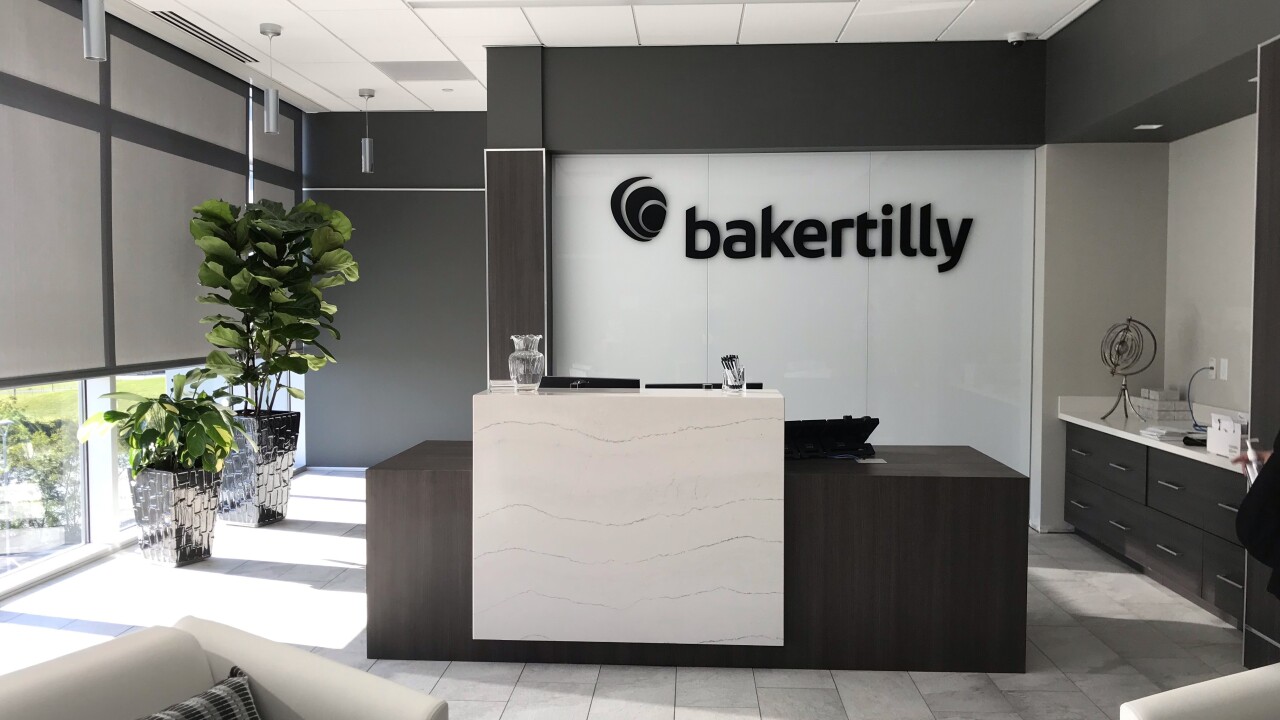At the recent AICPA personal financial planning conference, I sat in on a wonderful session conducted by Dennis Kroner, Irv Diamond, and Jim Warring regarding something they called the "New Retirement." It dealt with the perception and reality of retirement, as we now know it, and pointed out that because of the many things that have changed both economically and demographically with the U.S. population, there is a new way of planning for the retiree.
The trio listed eight retirement components:
- People are living longer
- People are retiring earlier
- Retirees are more active
- Retirees are looking for a better quality of life
- Retirees have new areas of expenditures
- Health care costs are growing at a rapid pace that is faster than inflation
- There are more investment choices available today
- Life insurance is more affordable
One crucial aspect of this is that instead of planning for retirement for 10 years, the plan now is to spinout financials for 20-30 years. I am in my 60s and my own financial planners have spun me out to age 100, meaning that my money has to outlast me for the next 30 years. And that, of course, dictates trying to project the future medical costs of a person who may be living that period of time past retirement age. Will the funding even be available? What we are talking about are financial reserves for medical costs which are growing at three to five times the rate of inflation of all the other goods and services.(As an aside, do you realize that according to the insurance people, a child born today is expected to live until age 120?)
We have also seen that over the past 25 years, interest rates have ranged from 1 percent to 21 percent on fixed income securities so that investing in indexes is no longer a sure and safe way to produce a satisfactory total return on stocks. Asset allocation, as you have heard over and over, still remains the most important element in getting the best total return from investing.
Messrs. Kroner, Diamond, and Warring went through steps in the retirement planning process and did come up with certain vital factors to consider for the client such as when will the client retire, will he/she work part-time during retirement, how much will be spent, where will the client live, is the home owned or rented, what liabilities are outstanding, what rate of return can be earned both before and after retirement, how much will health care cost, will any of the invested assets be depleted prior to retirement (for example, to fund a child's education), how much to be received from employer-sponsored retirement plans, what percentage of income to be consumed by income taxes, what will inflation rate be over the long term, and which assets will be left intact at retirement.
And that is only the tip of the iceberg.





